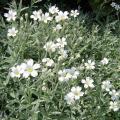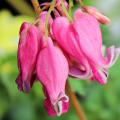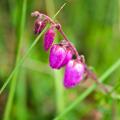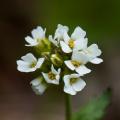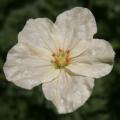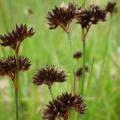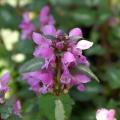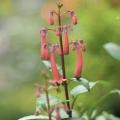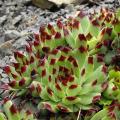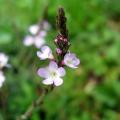Gunnera
Does this plant fit my garden? Set up your Plantfit profile →
Available in 1 sizes
Available in 3 sizes
Available in 1 sizes
Gunnera is a giant perennial plant that thrives in wet areas and resembles an oversized rhubarb with its immense leaves arranged in a monumental tuft. Among the approximately 45 species that make up this genus, only four or five are cultivated in our gardens, including the monumental Gunnera manicata, the famous Giant Brazilian Rhubarb that far exceeds the height of a human, as well as Gunnera magellanica, an astonishing and lush ground cover. Whether they thrive in open ground near a water source, or simply in waterlogged soil, or whether they reign in a container kept constantly moist, Gunneras, with their strong personality, bring a powerful breath of exoticism to any setting, even in their spectacular inflorescences, which are in proportion to their opulent foliage. Moderately to slightly hardy, Gunnera plants are protected during winter with a mantle made up of their own leaves gathered around the heart of the plant. They are also perennial plants that are hungry for water throughout their growing season, even at the height of summer. Gunnera is a fascinating plant with prehistoric characteristics that one rarely tires of. In an exotic-style garden, it pairs well with the arborescent fern (Dicksonia antartica) or palm trees that appreciate or tolerate moist soil, such as Sabal, and even Trachycarpus.
Haven't found what you were looking for?





















































































































